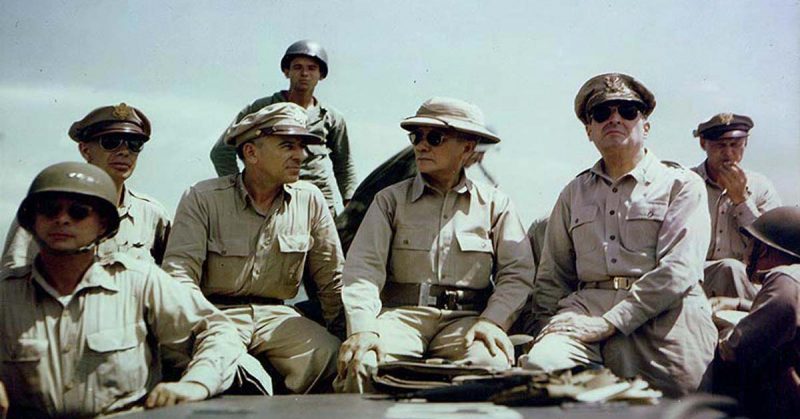Every soldier who puts his life on the line is a true hero. However, some amazing souls go the extra mile and really reach for the stars in their service to their country.
One of them is George Kenney, a US Army Air Force General. Kenney who not only mastered this position for 30 years as a true professional, but he took part in multiple battles – not to mention both World Wars – with gusto, earning him a decorated military record for his efforts.
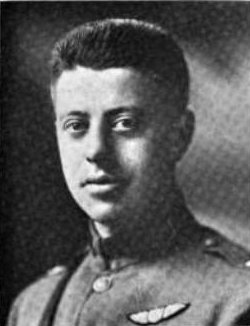
A Young Man Finds His Footing
George Kenney was born in 1889 to American parents, but he was brought into the world in Nova Scotia, Canada after his family decided to take a summer trip up north to avoid the heat of Boston. Growing up in Massachusetts as the oldest of three younger siblings, Kenney succeeded through school flawlessly.
Eventually, he found himself attending college at the Massachusetts’ Institute of Technology (MIT), a very highly-regarded Ivy League school for some of the country’s brightest students. Aiming to pursue a career in civil engineering, he was well on his way to something great, even from a young age.
However, the sudden departure of his father affected him so much that he actually quit college, taking on various jobs in different cities just to pass the time. Then, once his mother passed away in 1913, he finally returned to Boston, intent on figuring out where he needed to be. Working his way back into engineering, he helped build a bridge in New London, Connecticut, readjusting to life as he had originally planned it years before.
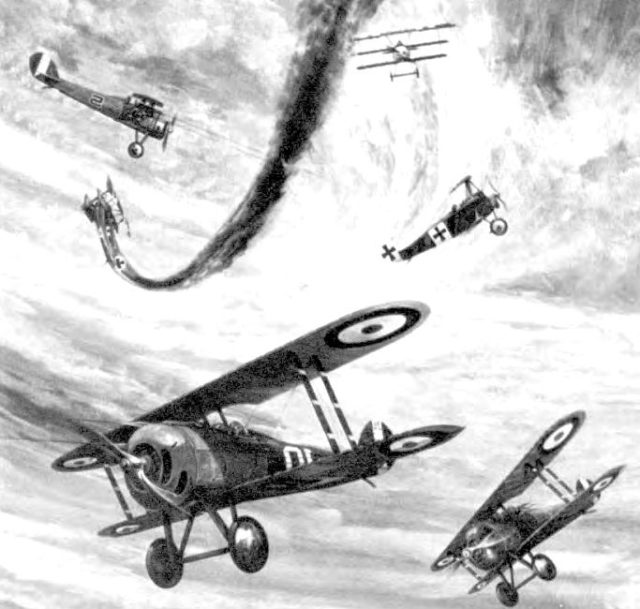
Kenney was content in his choice of career, and he later formed a partnership with Gordon Glazier, a former school friend, to build upon his experience in the field.
However, the beginning of World War I would throw his life into a tailspin again, setting him on an entirely different course – this one taking place high up in the sky.
A Life in Flight, for the Good of His Country
Once the US entered WWI in April 1917, Kenney found himself ready to become a part of history. After enlisting as a flying cadet for the US Signal Corps Aviation Section in June, he attended ground school at MIT to hone his craft and learn his way around a plane.
While he was first commissioned as a first lieutenant in November, departing for France quickly thereafter, his further training overseas led to him becoming a member of the 91st Aero Squadron in 1918.
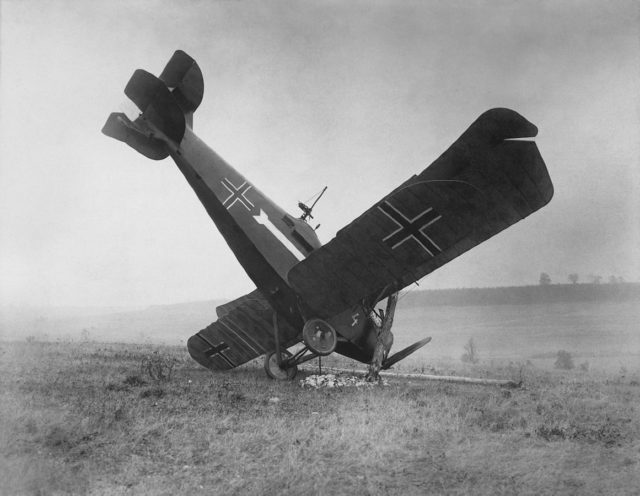
It was here that he would earn his first Silver Star for his aerial victory, taking down a German scout through his observer after his squadron was ambushed while out on a mission. Beyond that, Kenney even earned himself the Distinguished Service Cross for his ‘extraordinary heroism in action’ in a second attack by German fighters, helping protect his formation from enemy combatants.
His achievements led to him being promoted to Captain soon after, and he took his new position in his stride, making great headway on reconnaissance missions during the Mexican Revolution.
Even with this many highlights in his life already, Kenney was far from ready to stop.
During the time between the World Wars, Kenney took on various roles in the Air Force. He started as an air detachment commander in Kentucky and then moved on to becoming an air service inspector who inspected airplane machinery while test-flying them in Garden City, New York.
In the early 1920s, he would routinely attend the Air Service Engineering School in at McCook Field in Dayton, Ohio, spending his time as a student absorbing as much knowledge as he possibly could.
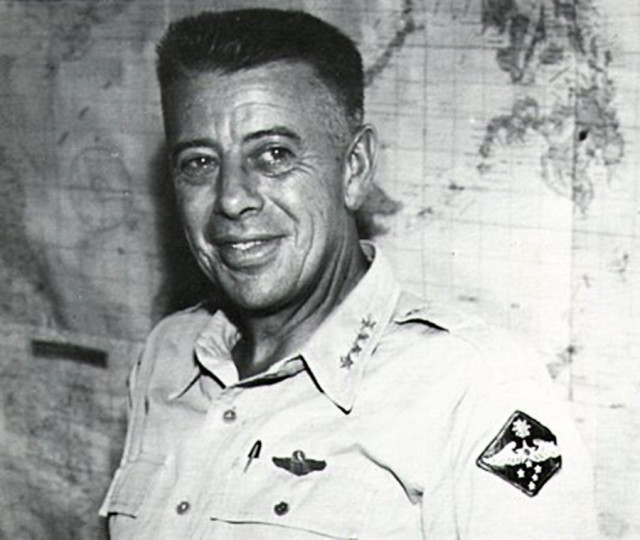
Kenney soon used this knowledge to become an instructor himself, teaching classes in attack aviation that would certainly prove useful in his later years.
The highest point of his educational career came with his admittance to the Army War College in Washington, D.C. in September 1932 – a decision that put him directly in touch with other important figures and tactical projects that would help form him into the leader he would become.
WWII Spurs Him into Action
It was in July 1942 that Kenney was promoted to his most important position yet: taking control of the Allied Air Forces and Fifth Air Force in General Douglas MacArthur’s Southwest Pacific Unit. The two developed a great working relationship, with MacArthur giving Kenney more freedom to make important decisions regarding his team than he’d ever been given in the past.
Occasionally, Kenney would butt heads with other officials due to differing opinions on tactics and how teams should maneuver in battle. He managed to let go of numerous high-ranking officials that he deemed to be ‘deadwood’ in the service. But Kenney’s vast education and experience in aviation training and organization kept him from too much criticism, especially when he was making headway thinking outside of the box.
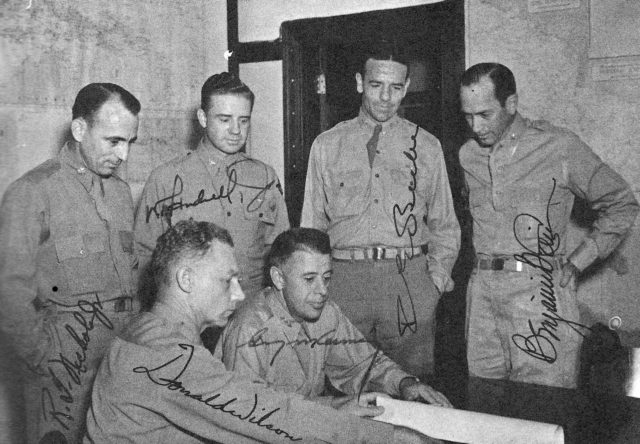
Promoted to Lieutenant General during his time in the South Pacific, Kenney was a part of new techniques and concepts while in league with the Allied Air Forces. They were trying new ordinances, new bombing strategies, and modifications to their aircraft.
And in June 1944, Kenney was then appointed to commander of the Far East Air Forces (FEAF). He tried to create 1st, 2nd, and 3rd Air Task Forces to be in control of specific areas and missions themselves, but Washington officials weren’t happily complying with his plans. In fact, over his years in service, many of Kenney’s ideas would either go unheard or would ultimately be shot down completely.
Decades later, looking back, military officials have conceded that some of his innovations could have greatly changed the outcomes of some of the military’s failures during WWII. While hindsight is always 20/20, it seems inconceivable that Kenney’s expertise in the air force (and his high-ranking status) would have given him more leeway in the decisions process.
After quite an accomplished career, George Kenney eventually retired from the Air Force in September 1951, living out his final years in Bay Harbor Islands, Florida. He passed away on August 9th, 1977, at age 88.
